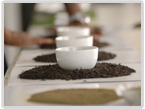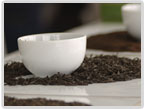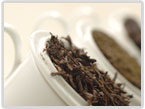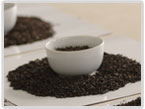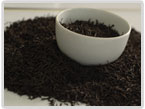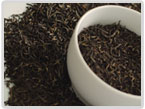Antioxidant tea
Green tea contains vitamins B and C and trace amounts of riboflavin, niacin, folic acid, and pantothenic acid
Antioxidants in tea
The major water-soluble chemical components in the tender shoots of tea plant (Camellia Sinensis) are known as polyphenols. The polyphenols in tea fall into the sub group 'flavonoids'. The main group of flavonoids in the tea plant is known as catechins.i All teas from the Camellia Sinensis plant, such as black, green, oolong and white naturally contain between 100 – 300 mg of flavonoids per serving.ii Herbal teas (teas from other plants) do not fall into the same category
An accumulated number of population studies suggest that consumption of green and black tea beverages may bring positive health effects. One hypothesis explaining such effects is that the high levels of flavonoids in tea can protect cells and tissues from oxidative damage by scavenging oxygen-free radicals. Chemically, the flavonoids found in green and black tea are very effective radical scavengers.
According to USDA's National Health and Nutrition Examination Survey (NHANES 199-2002), 65.4% of total Flavonoids consumed by adults Americans are from tea.
References
-Tea Research Institute of Sri Lanka, Tea and Health, 2004, Melios Printing (Pvt) Ltd.
-Chun OK, Chung SJ, Song WO. Estimated dietary flavonoid intake and major food sources of U.S. adults. J Nutr. 2007;137:1244-1252.
-Chun OK, Chung SJ, Song WO. Estimated intake of proanthocyanidin in the US population. Experimental Biology Meeting, New Orleans, LA, April 20, 2009 (abstract).
-Anton Rietveld and Sheila Wiseman, Antioxidant effects of Tea: Evidence from Human Clinical Trials, 2003, American Society for Nutritional Sciences.


